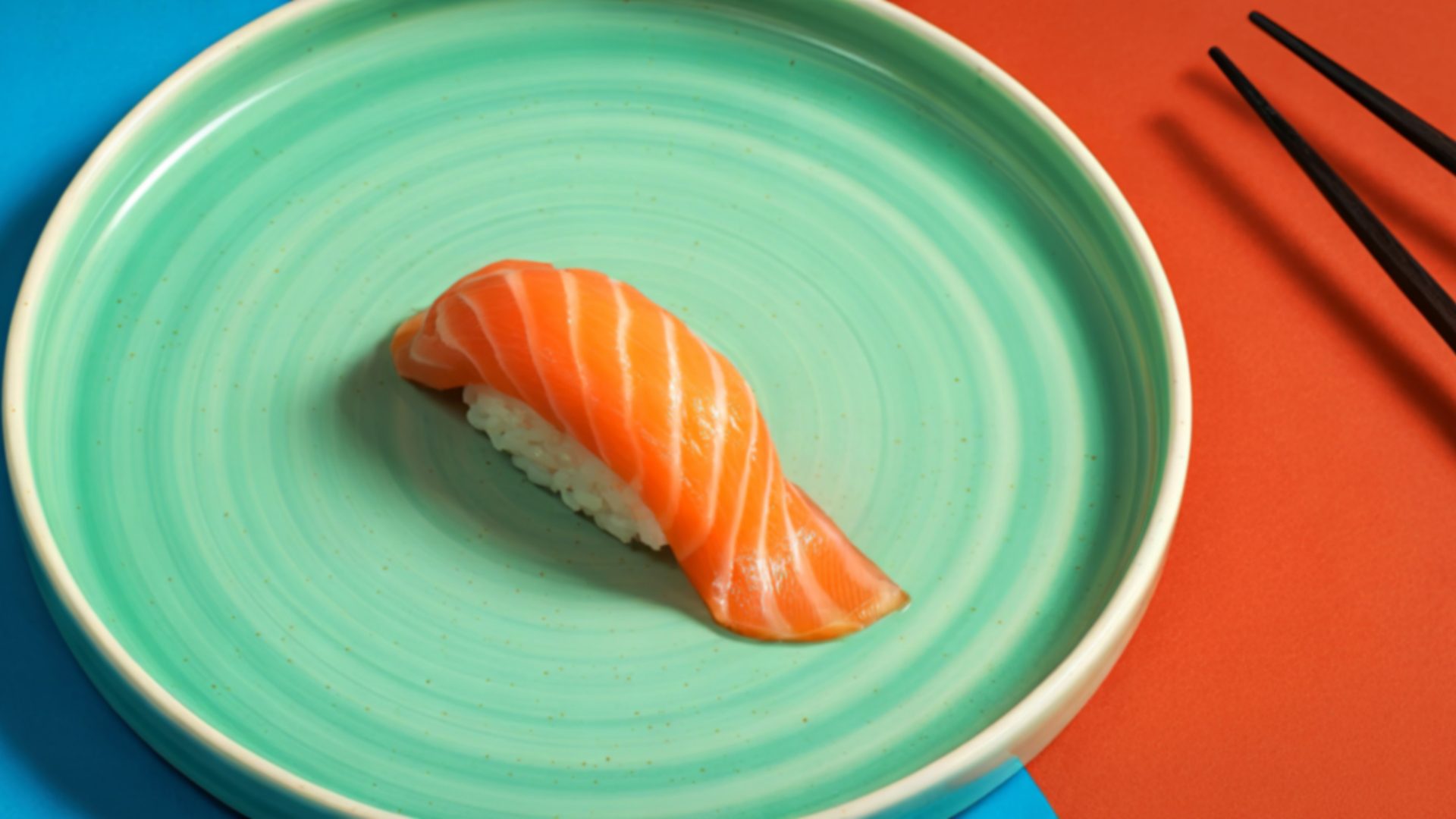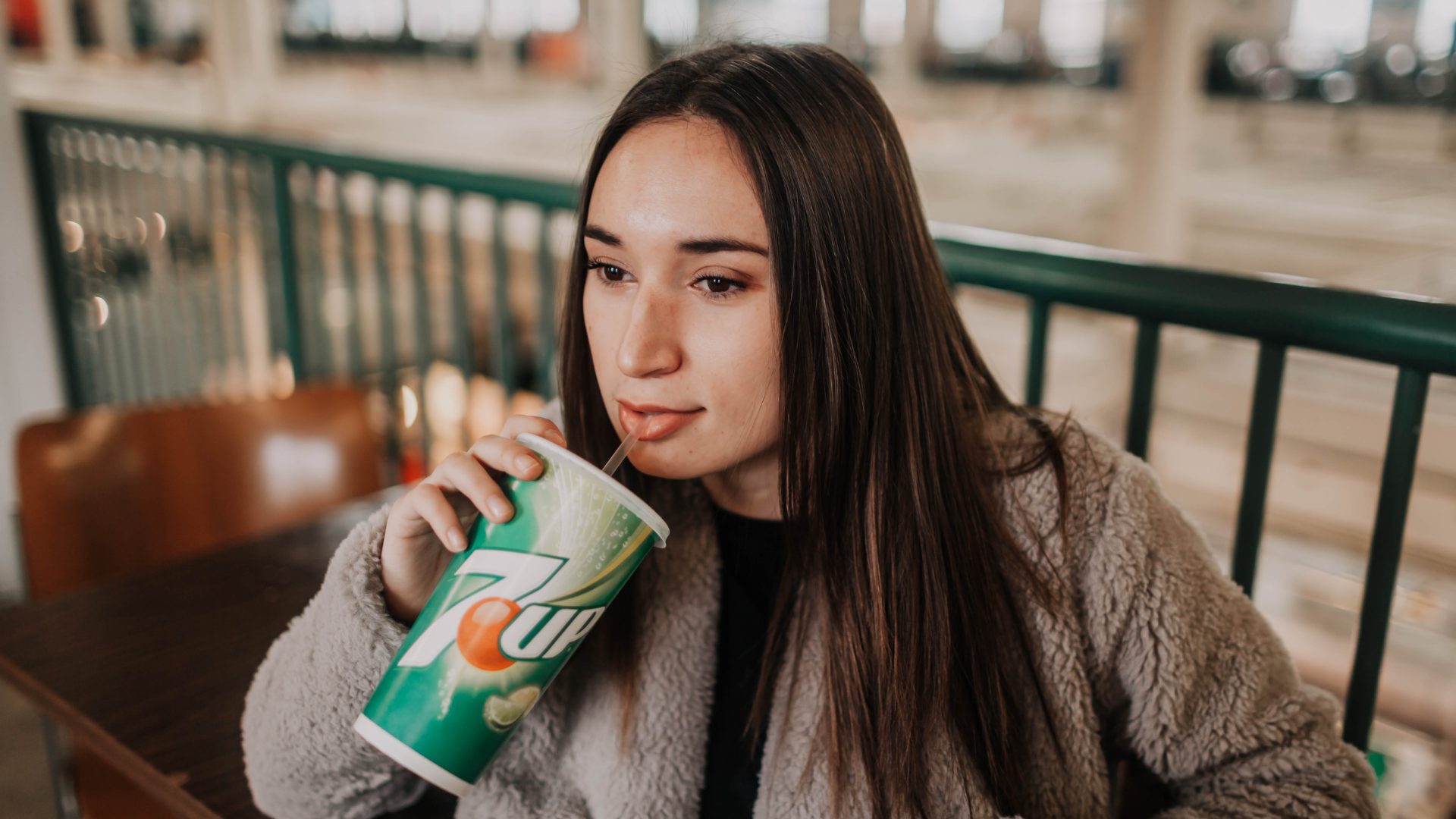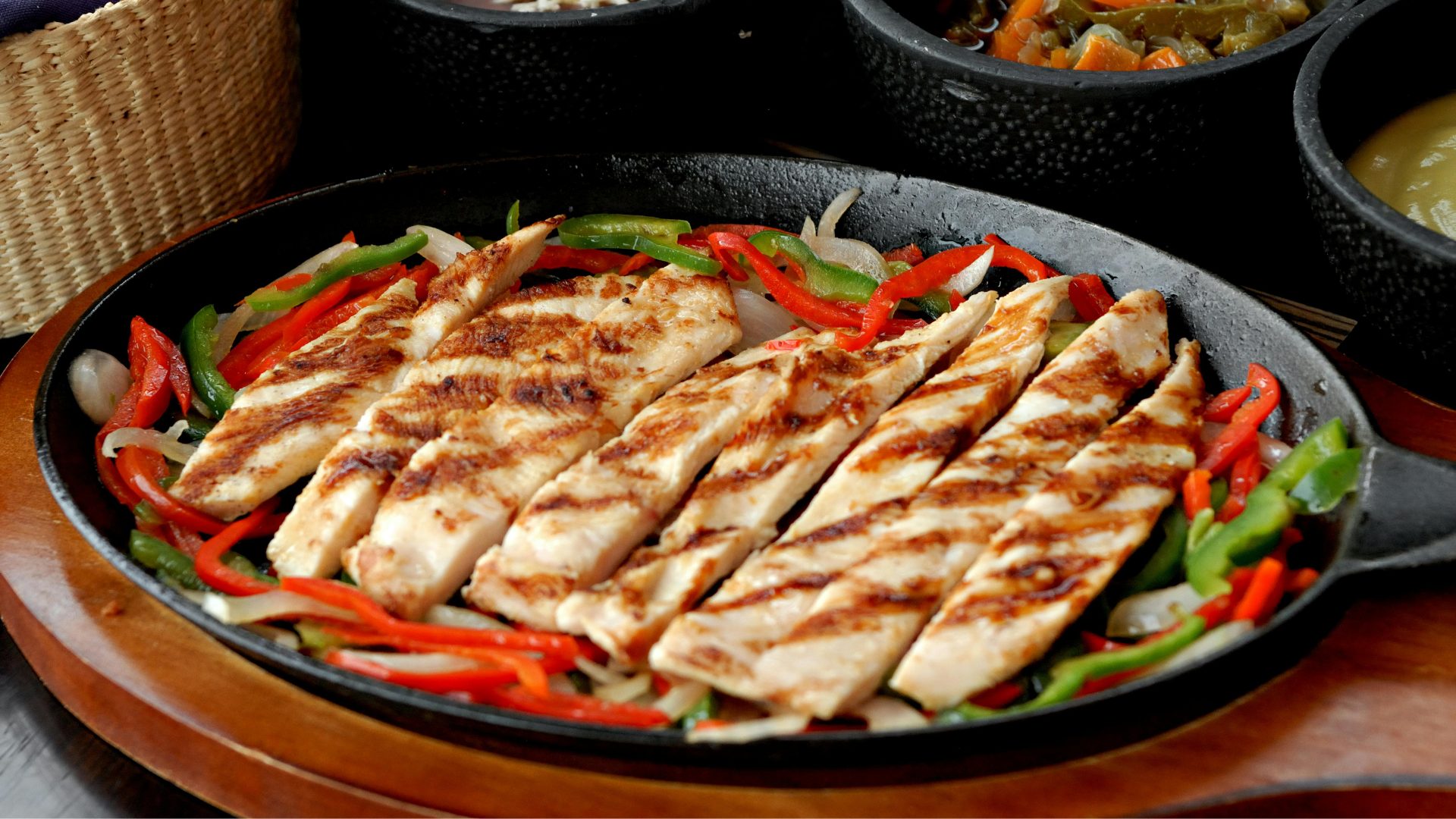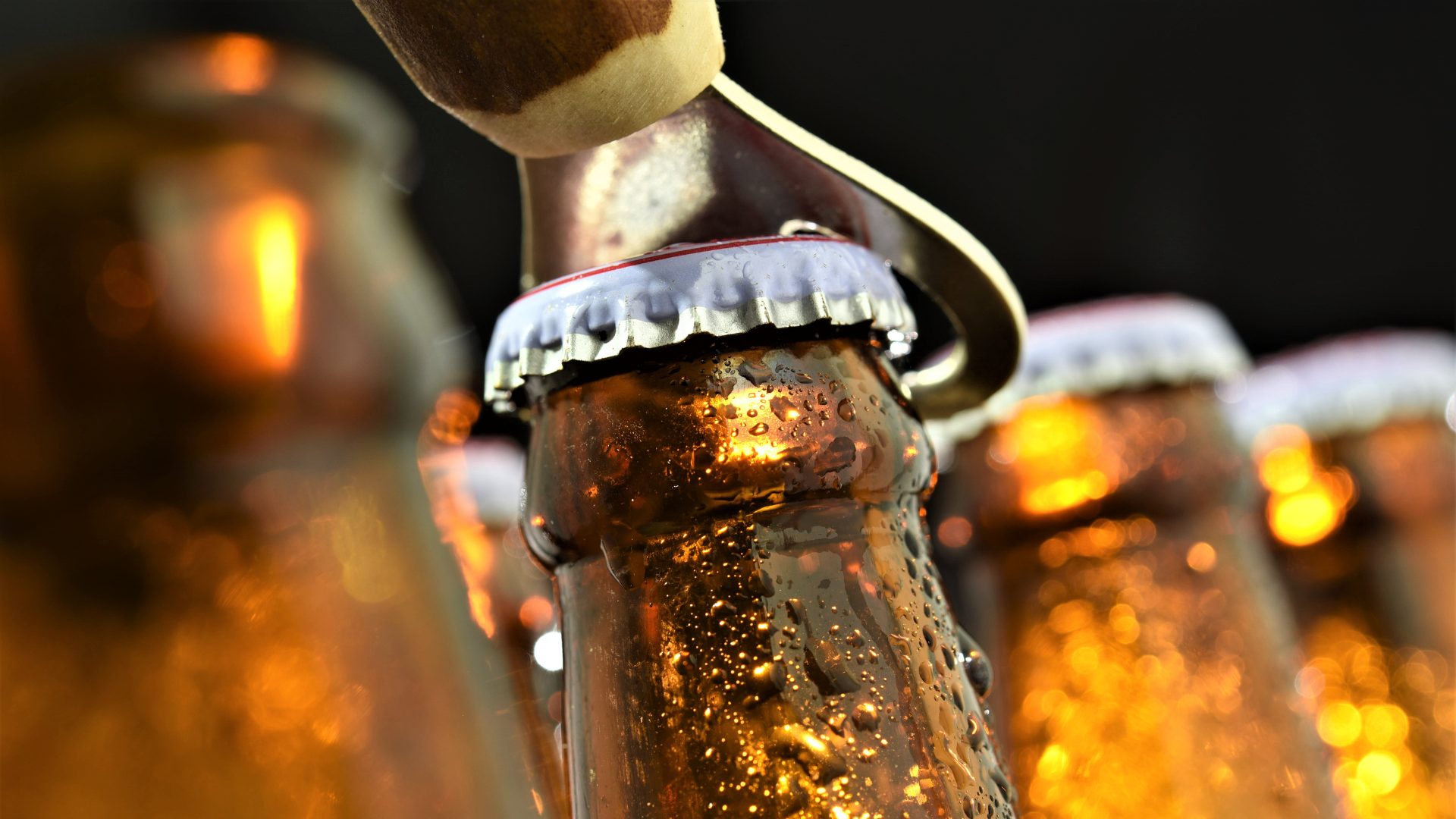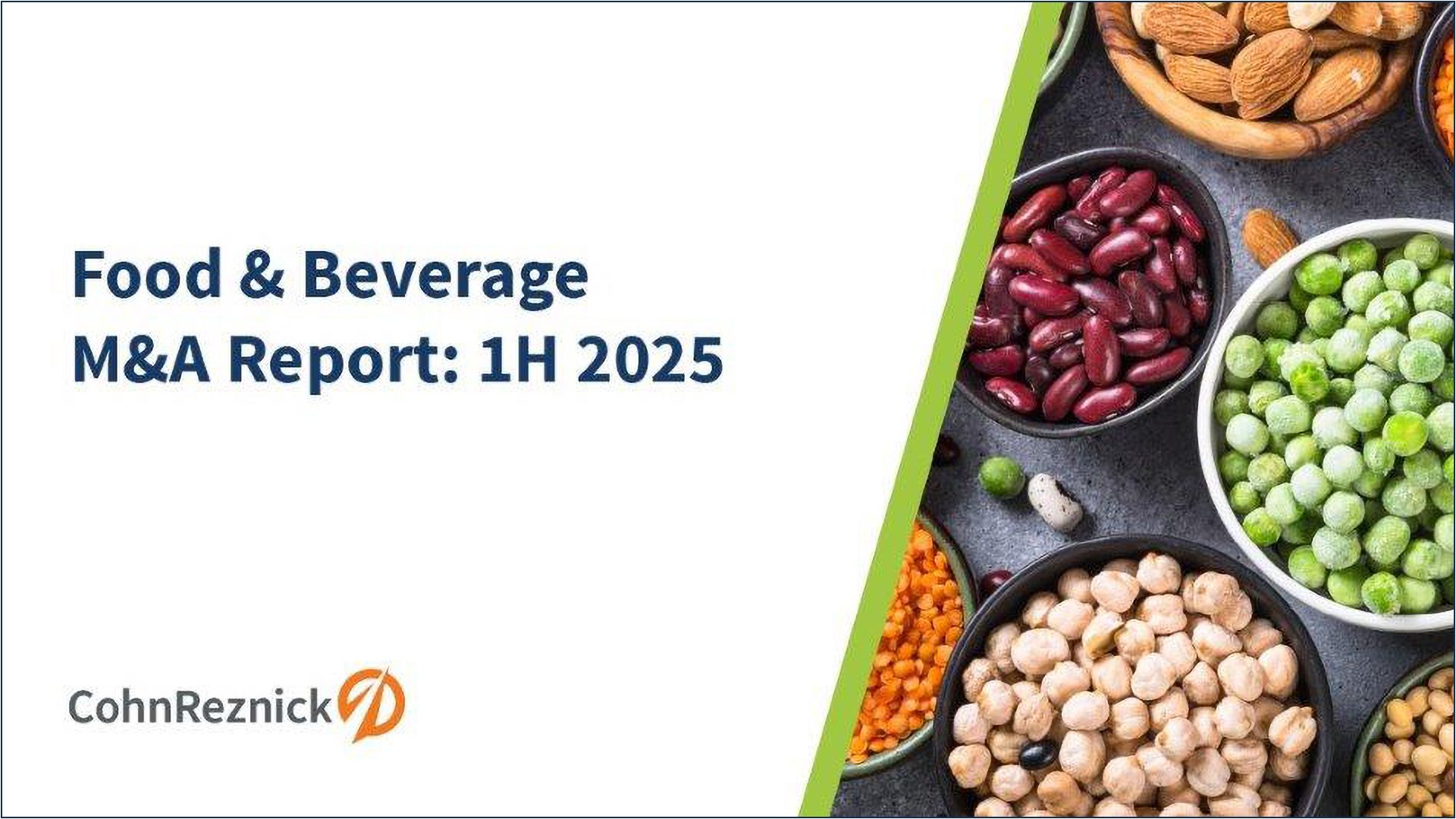In the Fall and Winter of 2020, the market witnessed several high-profile CPG acquisitions by strategic multinational CPG players. I want to contrast two cases that live on extreme ends of the typical continuum of acquisition scale. Each raises essential questions about the pros/cons of acquiring CPG brands early versus late along the path to scale.
Lone River- Diageo Robbing the Brand Cradle
In the Spring of 2019, a brand of ‘ranch water’ (i.e., hard seltzer with a lime juice/agave base) launched in Texas under the name Lone River Beverage company. If you haven’t been following the hard seltzer category, you should know it is one of very few multi-billion dollar beverage categories that grew exponentially to billion dollar status (categories rarely do this, as too many sub-optimally growing entrants generally drag down the overall category growth rate to low double digits). The major hard seltzer brands (Truly and White Claw) drove the early surge but triggered quick brand extensions from major alcohol conglomerates; except for one company named Diageo.
Lone River is NOT the first ranch water in the U.S., but it is the first to chase national expansion aggressively. When Diageo made its announcement to acquire the company in September of 2020 fully, more than a few heads tilted quizzically. Why? At the time of this announcement, my sources indicate that Lone River had only made it to Phase 2 of early-stage CPG development, i.e., the low seven figures. Given that it was selling most of its products through Texas retailers (HEB and Whole Foods), this is still impressive. If Lone River can double sales annually from now onwards with a sell-through rate of $3M+ per point of all-outlet ACV distribution, it could become another Skate Ramp brand in the beverage world.
Right now, though, Lone River appears to be a typical distribution play for scale, but at a premium price point (Diageo has joint-ventured in the growth of premium spirits brands, but not brands servicing analogous shopping and consumption behavior to hard seltzer in cans). The founder of Lone River also suggested in a press interview recently that a broader, multi-category platform is in the works.
Proliferating new lines is a typical ‘tactic’ of distribution-led early-stage companies. The problem is that, in the end, most CPG brands that do this in retail fail to reach or sustain scale. In my opinion, platforming this small business would be a huge, but sadly common, mistake for a company of this size. Multi-category early-stage brands almost always decelerate as they scale or fail to scale (see my book for the data science behind this).
Platform deceleration happens for one simple reason: early consumers lose the ability to perceive the brand as a focused expert/innovator. It’s not how any of Diageo’s more recent brands grew either. Aviation Gin, for example, was NOT a platform play. Ryan Reynolds bought the company because he loved the high-end product. That intense category passion wasn’t immaterial to the business’ rapid success. Without a focused category expert, halo new premium brands can’t generate the memorability required to accelerate repeat purchase, find a foothold in urban culture and grow exponentially. It also scatters internal operations and makes marketing so vague as to be less powerfully anchored in a specific consumer experience.
Then, there’s the risk of unhelpful BigCo interference in a tiny, unstable business. The CMO of Diageo is apparently on the ‘board’ of Lone River. This kind of BigCo involvement could be perilous for a precarious, high-potential business. The celebrity marketing machine Diageo prefers is not likely to work its magic on a niche concept like ranch water (Texas native Matthew McConnaughey is no doubt reviewing their offer as I write). Birthing a new category is a very different cultural process from accelerating a new premium brand within many centuries-old categories (e.g., gin, vodka).
Diageo, like most multinationals, is a holding company, not an organization with a track record of scaling brands from near nothing (DeLeon and Ciroq may be the exceptions). Its organizational IQ focuses on holding and defending late-stage businesses. Marketing these kinds of brands is more about reminding than persuading someone of something new or modern. P Diddy points to Ciroq, and millions want to consume anything he does. Demand surges through mass pre-identification with a celebrity’s exaggerated party lifestyle. While it works, it’s also non-transferable to most CPG categories.
While the celebrity-nightclub-hard alcohol trifecta is nothing new in alcohol marketing, it just isn’t relevant to Lone River at all. Lone River competes in the beer aisle for backyard and couch occasions, not for on-premise $ in trendy clubs full of models, bling, and hip hop star (and Papa McConnaughey isn’t in nightclubs anymore). The minute Lone River leaves Texas, category confusion (ranch water?), current issues with brand identity and pack design (e.g., when YOU look at the can, is the brand Lone River or Ranch Water?) will grow in magnitude in terms of its effect on demand and shelf velocities.
The ability for ‘ranch water’ to become a separate category anchored in an aspirational desert lifestyle (which I live!) is unknown at this point outside of Texas and the desert southwest. If this effort fails, Lone River gets easily lost in an ocean of hard seltzer brands, including the majors that dominant the shelf. The issues I raise are all addressable, all very typical of fast-growing CPG startups, but does Diageo have the patience to see the market as the source of final insight for this not-Ciroq early-stage business? Scaling a new brand in a new CPG category is generally a slow-paced process for the patient (ask Keith of Perfect Bar).
We’ll see. So far, Diageo has purchased a trademark, an easily replicated beverage formula, and two years of POs from distributors. It’s not much value, since the brand is NOT a unicorn. It’s primarily about acquiring potential.
Essentia – The Typical CPG acquisition
A few months after Diageo’s nonstandard acquisition of Lone River came a much less surprising transaction. It was Nestle’s acquisition of Essentia water, a Seattle-based alkaline water brand that, like Siggi’s yogurt, was years ahead of its time when it launched in 1998. Despite the initially resounding indifference of consumers, when cultural forces aligned to make alkalinity a marketable hydration attribute in bottled water, Essentia took off organically and rode the Skate Ramp to scale. Moreover, it scaled to become a mid-market business with around $200M in trailing sales before its sale to Nestle.
Nine figures of revenue is the most common stage at which most CPG brands exit, a stage most stakeholders in the M&A ecosystem understand pretty well. For one thing, there’s a real business to which one can assign a dollar value; and forward calculations on EBITDA or revenue are statistically much more reliable than similar calculations for a Phase 2 early-stage CPG brand.
Essentia represents the classic Skate Ramp path to scale by being positioned ahead of the trend and opportunistically accelerating when urban culture finally catches up. Essentia built a nine-figure business that was stable, growing, and met known demand KPIs. Nestle bought a mid-market company poised for additional scale. This is the typical M&A strategy of larger public strategics. Modeling ROIC for the acquisition is possible on a midmarket business, for one thing.
Essentia Water’s recent acquisition comes at the end of a very patient journey. The brand only started to get a lot of PR attention in 2014-2015, when Castanea Partners’ venture arm became its first institutional investor. Founded in 1998 by Ken Uptain, Essentia water operated steadily for years without a formal board or big investors. To say it was ahead of its time offering alkaline bottled water is an understatement. At times, even Ken got tired of explaining alkalinity at store demos in the Seattle area. Honestly, the brand had been written off as a dog by many as recently as 2010, with only $4M of annual revenue after 12 years in the market. Nine years later, though, it has sold to Nestle, with revenues north of $200M, no doubt softened by the structural hit to bottled water induced by pandemic lockdowns in the U.S.
Alkalinity was a hard-core wellness trend in the 2000s focused on a magical opposition to acidity. Some consumers have come to see alkaline foods and drinks as healthy using an ancient magical logic, whereas acidic ones are not – meat, soda, coffee. Alkaline diets symbolized an elite, vegetarian/vegan lifestyle. These diets took off early in markets like Seattle, NY and LA. Ken could not have predicted any of this, let alone the broad experience among acid reflux sufferers that high PH water acts as a mild stomach antacid (which is scientifically accurate)!
And this is the lesson for younger investors and anyone new to the CPG space. It takes time to build a new category like ‘alkaline water’ or ‘ranch water.’ But brands that lead the national development of new categories (e.g., pita chips, Greek yogurt, hummus, hard seltzer) generally benefit all stakeholders the most financially and generate very high returns. They also enhance the credibility of the selling parties.
Castanea Partners waited seven years to get Essentia to a mid-nine-figure revenue threshold that vastly increased the acquisition’s value to any acquirer. The ride was pretty darn close to an exponential Skate Ramp, even with Pepsi’s follower brand Lifewtr launching in 2016 to head Essentia off. The block attempt didn’t work. Essentia kept growing regardless, in part, because it had real, fan-based momentum in the marketplace. It didn’t need P Diddy, George Clooney, or Ryan Reynolds.
Ultimately, Nestle followed a smart European acquisition model: buying brands for their underlying business fundamentals. In this case, they also probably got a pandemic discount. Most strategics do not like the risk of playing venture capitalist the way Diageo has done with Lone River. They prefer immediate topline and EPS contributions with further growth potential they can confidently model. Diageo is using a riskier, Coke VEB approach that no strategic has ever mastered and is doing this with the internal talent of a large holding firm. The key for Diageo is to do their homework on exponential growth off of fan-behavior, not growth through adding distribution or celebrity endorsements.
The key for Nestle will be to fund the investments that take a bottled water brand from $200M to $1B. Many strategics have failed to allocate enough, properly applied budget to get this to happen.
Dr. Richardson is author of Ramping Your Brand and founder of Premium Growth Solutions, a strategic planning consultancy for fast-growing early-stage CPG brands. Learn more about his book here: https://link.rampingyourbrand.com/FI.




